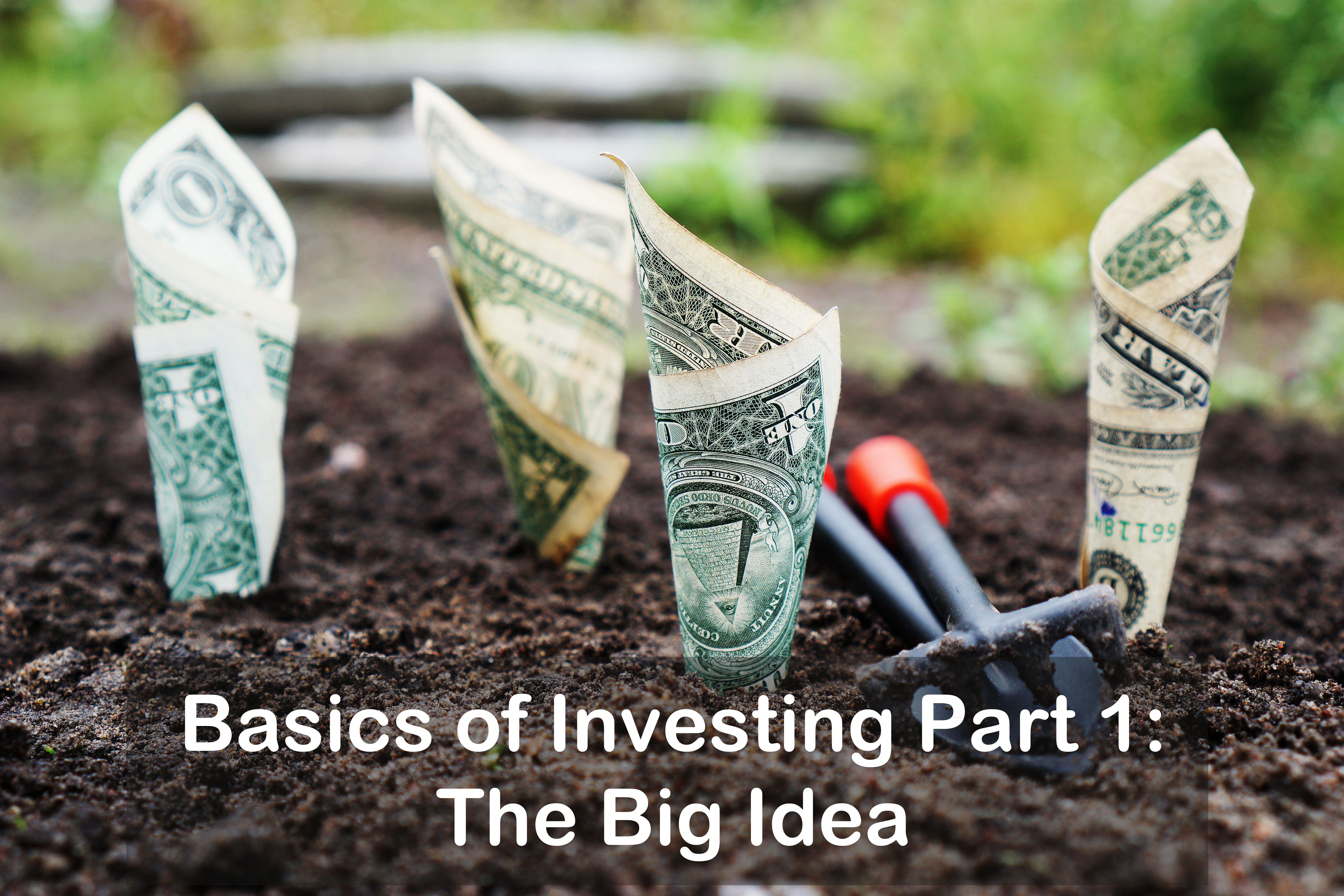*No affiliations to declare – all links are purely for reader interest and convenience
Here we are, at long last! The pillar of investing. The previous Foundations of Finance principles that we talked about (including mindful spending and debt management) are concepts that may be more familiar than investing.
I wrote a bit about how I started to get interested in the world of investing, and won’t go over it again. Suffice it to say that I’ve never once thought, “Hmm, this knowledge is not really worth having. Going to do my best to forget it and make room for other things in my brain.” That has happened with other things I’ve looked into in the past, but not with investing (or more broadly, personal finance).
Financial stability provides freedom. The definition of financial stability is something that each person would need to define for themselves, of course (in the FIRE community, there has more recently been some distinction drawn between fatFIRE and leanFIRE – interesting that the community is big enough start subdividing 😀). Overall though, I think it’s that sense of “I feel more empowered now to do whatever I want” that has such a siren’s call. And it’s possible but much more difficult to reach that state of freedom without investment.
WHY NOT JUST SAVE LOTS?
In one word? Inflation.
This little bug can slowly, almost invisibly gnaw away at the worth of your savings until, one day, you wake up and realize that this same amount of money doesn’t get you what it used to, and now you’re hooped. The inflation bug has eaten up the worth of your $.
A dollar now vs. a dollar in 1950 is still a dollar – on paper. But what would have cost $1.00 in 1950 would cost $10.61 in 2018. What the heck?
Now, many of us won’t be the position to worry about what our money is going to be worth almost 70 years down the road. How about a 40-year horizon? The last time we talked, Mr. Sparks and I were musing about FI at age 45. There could be 40+ years left afterward, the way lifespans are going these days.
Using the same calculator, which uses information from the Consumer Price Index rates from Statistics Canada, the dollar experienced an average inflation rate of 3.27% per year during the past 40 years. If you are trying to account for the (likely) eventual need for long term care (or the even better imho option of retiring on a cruise ship – see here and here), let’s be on the cautious side and predict a medical event requiring you to have more assistance (but not full nursing care) at age 65, with a forecasted lifespan to 85. And to put an extra wrench in, let’s pretend that we are going to retire in one of the two most expensive cities to live in in Canada – Toronto.
Based on information available at the time of writing this post, assisted living costs range from $2,000.00 to $4,000.00. This is middle-of-the-road in terms of the continuum of care of needs for senior citizens. A quick glance of cruise options also shows a cost of about $3,000.00 per month for a nicer (but not super luxurious) cruise. So, if we go for a cruise ship or assisted living option in our older years, let’s take $3,000.00 per month as our needed amount. This cost includes room and board, which are the basic necessities to live, and usually include things like social events and programming. While $3000 per month does not sound bad right now, 20 years from now, this cost might be almost $6,500.00 (or more, if there has been more than average inflation). That’s a significant change! If you are trying to save and going at it via a savings account alone, that means you would need to save more than double of what you would currently need in order to afford the same standard of living 20 years from now.
So, what to do? You could work for much longer in order to save much more, or…
…you could choose the second option. Having money in broad-based investments means that your money will grow (hopefully) at pace with the economy over the long run, and at least keep up with inflation if not outstrip it.
Being more cautious by nature, I’ve never sought to “make a killing” in the stock market. So, rather appropriately, I’ve never actually had superlative rates of return on the dollars I put in. Generally, I’ve come out ahead (and well outstripped inflation), which is my overall goal.
So, if you are hoping for specific advice on how to make millions in the stock market, I will gently invite you skip this next part of the post, as I had little to offer on that subject matter aside from “buy lots during what everyone calls a stock market crash”. I do not have more specific thoughts on how to pick individual stocks. Not my cup of tea. I like my main job lots and do not love the stock market enough to turn it into my second occupation.
If you are intrigued at the thought of keeping pace with average market returns (which, by mathematical reality, means you’re already winning more than half the other folks/companies out there), minimizing losses and never hitting zero even during market downturns, and more-than-keeping-up with inflation, read on!
INVESTING FOR THE LONG TERM
When we talk about investing, a common thought is “buy low and sell high.” That makes sense.
There are different ways to implement this, however. I used to picture people in suits at a trading floor or sitting in front of a computer, frantically buying and selling several times a day. Selling yesterday’s purchases…selling today’s purchases…then buying them again… This vision is exhausting! (And not necessarily the most effective, nor the most actionable for busy people who might want to not take on a second full-time job).
Here’s another factoid that is worth considering: the market goes up over the long-run. Strange, isn’t it? Let’s sit with that for a moment. The market goes up over the long-run. Over the past 100 years or so, the U.S. market’s yearly average returns are over 9% annually – even when you consider the crashes of 1929, 1973-4, 1987, and 2008-9. And it’s not just the U.S. – England and Germany, with their historical and world profile that is significantly different from the U.S., also have similar long-term stock market performances to the U.S. This seems to indicate that where you invest might not matter as much as you might think.
Let us return to the problem of inflation discussed earlier. If the Canadian dollar experienced an average 3.27% rate of inflation over the past 40 years, a 9% average annual return over the long haul seems like a good way to both hedge against inflation and make some gains on your hard-earned money.
This was the mindset I had – and still have – entering the market. I’m not really looking to beat the average 9% return.
N.B. Remember that, if you’re investing for the long term, the yearly return of your portfolio will not be the same as the long-term yearly average. There will be fantastic years, and there will be terrible years – the market fluctuates. But know that the average worth of the market is going up over the long-haul.
KEY TAKEAWAYS:
1. Inflation will eat into the value of your money over time. The longer the horizon of time, the more the value of what your savings can buy. One way around this is investing with your money instead of keeping it all in cash (savings/chequing account).
2. If your goal is for your money to grow apace with the market, it can do so if your holdings mimic the market (a.k.a. you have diverse holdings that represent the market itself, as much as reasonably possible).
3. You don’t have to invest in any one particular country’s market – the world market goes up over time.
4. Remember, the yearly return of an investment portfolio is not the same thing as the average yearly return over the lifetime of your portfolio.
“Great, Dr. FIREfly! You’ve got me intrigued. Now what?”
Yay! Stay tuned for my next post, in which I delve into a little more detail about what I do and why I do it.
*If this ending feels a bit abrupt, I apologize. Tried to put this all in one post, but even part way through writing it, the post became waaaayyyyyy too lengthy. Hence, parsing it into more bite-sized pieces!




